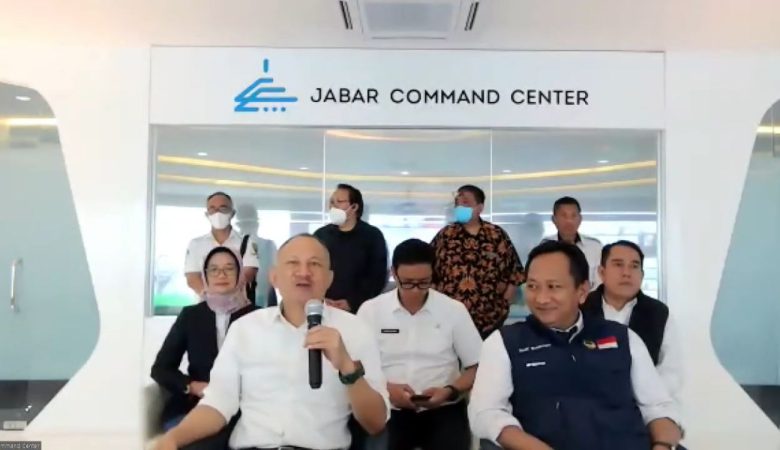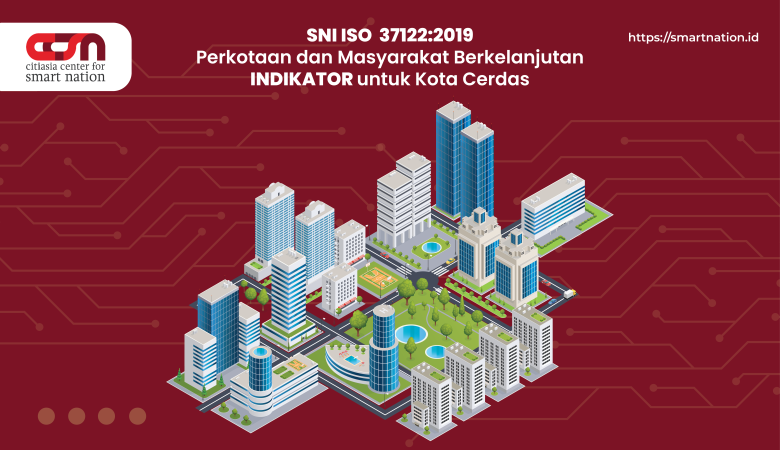
Placemaking Urban space will be a similar place. Humans are natural peacemakers. When you live in a city, you create, build, transform, decorate, expand and innovate your “livelihood”. In doing so, they are slowly leaving their footprints in the city. One progressive urban planner and designers like Jane Jacobs and William H in the 1960s. White argued that driving slow pedestrians rather than fast cars leads to better urban design. Placemaking can make the place “sticky”, so people stay longer, customers spend more at retail stores, and students stay on campus. Coupled with the need to curb sprawl, ‘s attempts to address sustained high growth have led to rapid gentrification in the suburbs of central Tokyo.
Construction companies are trying to keep pace with the expansion of Australian cities, so there is no immediate slowdown. Placemaking is used to accelerate new urban development. When selling a typical turnkey residential property as a “lively community,” “livable quarter,” or “individual quarter,” it’s important to reallocate it quickly. Cookiecutter Cities There are some risks associated with accelerating location placement. locations with history and heritage that need to be preserved and protected. Digital storytelling has been used as a form of digital site design that not only allows you to explore the history of your site but also allows you to embed and remember historical evidence and artifacts on your site. Integrated interior design practice is required to avoid creating more suitable space for placemakers and their donors than current or future residents.
Alienation and financially threatened communities should be able to deal with their neighborhoods and shape the cityscape on their terms. This requires an interdisciplinary, participatory, behavioral research-oriented approach to placemaking. Placemaking may further promote gentrification with known issues and consequences. Location revitalization is often aimed at making nearby commercial or residential real estate more profitable. However, the actual slow local design can be added value by taking advantage of the diversity of the city. Many placemaking techniques, such as urban hacktivism and urban acupuncture, are usually small and microlocal. They have been criticized for their limited scope and influence.
Can DIY city design range from destructive city planning to systematic change?

Modern placemaking is increasingly based on stereotypes. One example is the iconic architecture of a street cafe. Christian Norberg-Schulz talks about genius as a fundamental element of placemaking. That is the essence of the place that makes it unique. This approach seems to be ignored at this time in favor of the cookiecutter approach. Copies of success stories (eg Venice, Las Vegas) are always done in architecture and city planning. However, tactical urbanism, pop-up interventions, and gentrification trends carry the risk of destroying cityscapes and ecosystems. The use of data and electronic sensors in this way, often referred to as “smart cities,” is the subject of significant global funding to improve the functioning of cities. As part of its response to past inconsistent infrastructure design and city planning, smart cities promise real-time monitoring, analysis and improvement of city decisions. Proponents say the results improve efficiency, environmental sustainability, and public participation. The smart city project is a major investment aimed at driving social change. Decisions made early in the process determine exactly what will change.
However, most research and planning on smart cities is technology-driven rather than citizens’ needs. Not only are smart cities tech-savvy, but little attention is paid to the social, political, and organizational changes that smart cities need to intelligently adapt to the needs of their residents. This design makes a difference whether smart city projects are promising, or whether cities unequally strengthen or widen existing gaps in services to residents. Cities benefit from efficiency an essential feature of smart cities is to generate efficiency. Well-designed technology tools can benefit government agencies, the environment, and local populations. Smart cities can improve the efficiency of city services by eliminating redundancy, finding ways to save money, and streamlining worker responsibilities. As a result, we can provide high-quality service at a low cost.
The city benefits from reducing the cost of managing its fare payment system, including avoiding the issuance and distribution of special smart cards for use in ticket machines. Transit users will benefit from convenience, prompt service, and efficiency through limited rates that calculate the best value for a one-day or seven-day, or longer non-contact trip. Environmental impact another way to save money is to monitor energy consumption in real-time. This also reveals ways to improve the environment. The City of Chicago implements the Array of Things initiative by installing a box with sensors and cameras on the city’s utility poles that can record air quality, sound level, temperature, water levels in streets and gutters, and traffic. It started. The data collected is intended to act as a kind of “urban fitness tracker” by showing how to save energy, fight urban floods and improve living conditions.
Resident Assistance Perhaps the greatest potential benefit of smart cities is to improve their quality of life.

Placemaking aims to build a close relationship between people and their place. Placemaking is unique and unique to urban spaces and must take into account its community, environment, culture, diet, and social practices. Ultimately, cities certainly have to face the challenges of climate change. Placemaking not only creates accessible, healthy, democratic, and slow cities but also provides more sustainable lifestyle opportunities by imagining post-anthropocentric cities.
Author: Diva Maharani | Illustrator: Akbar Nugroho
Sources:
- https://eprints.qut.edu.au/8985/
- https://www.upress.umn.edu/book-division/books/urban-imaginaries
- https://www.bookdepository.com/Intercultural-City-Phil-Wood/9781844074365
- https://theconversation.com/robot-revolution-rise-of-the-intelligent-automated-workforce-58252
- https://www.epicpeople.org/place-making-sustainability/
- https://theconversation.com/why-we-should-design-smart-cities-for-getting-lost-56492
- https://direct.mit.edu/desi/article/32/3/42/69236/Decentering-the-Human-in-the-Design-of
- https://www.un.org/en/development/desa/news/population/world-urbanization-prospects-2014.html
- https://www.nytimes.com/2016/07/21/us/a-23-foot-tall-air-purifier-gets-a-tryout-in-smoggy-beijing.html?_r=0
- https://futurecity.glasgow.gov.uk/ops-data/
- https://www.ibm.com/industries/government
- https://link.springer.com/article/10.1140%2Fepjst%2Fe2012-01703-3
- https://tfl.gov.uk/info-for/media/press-releases/2016/january/more-than-a-quarter-of-london-pay-as-you-go-customers-now-travel-using-contactless-payments
- https://news.uchicago.edu/story/chicago-becomes-first-city-launch-array-things
- https://www.usatoday.com/story/news/2016/08/29/chicago-begins-building-fitness-tracker-check-its-vitals/89434620/
- https://www.latimes.com/world/asia/la-fg-korea-songdo-snap-story.htmlhttp://gjss.org/sites/default/files/issues/chapters/papers/GJSS%20Vol%2012-2%201%20Benedikt_0.pdf









Leave a Reply